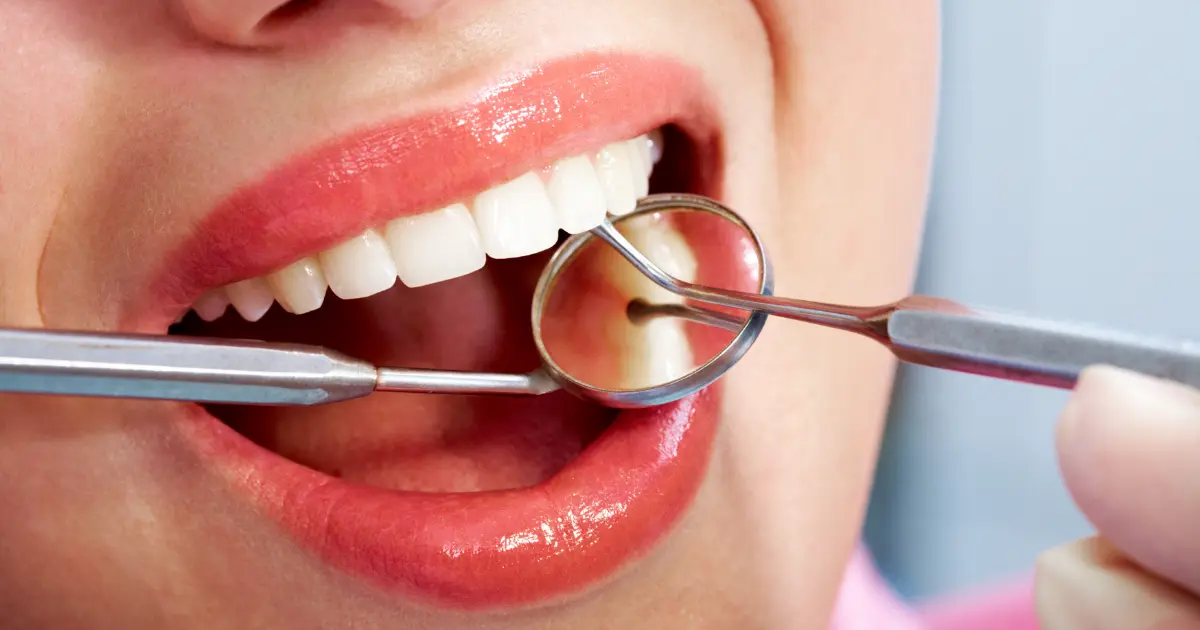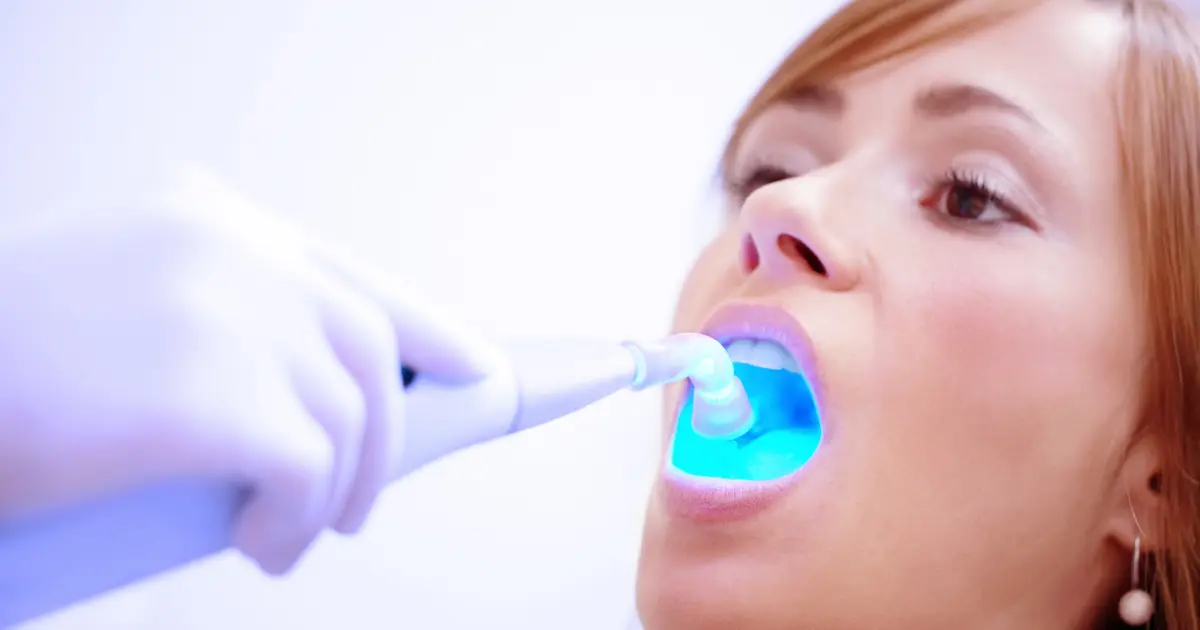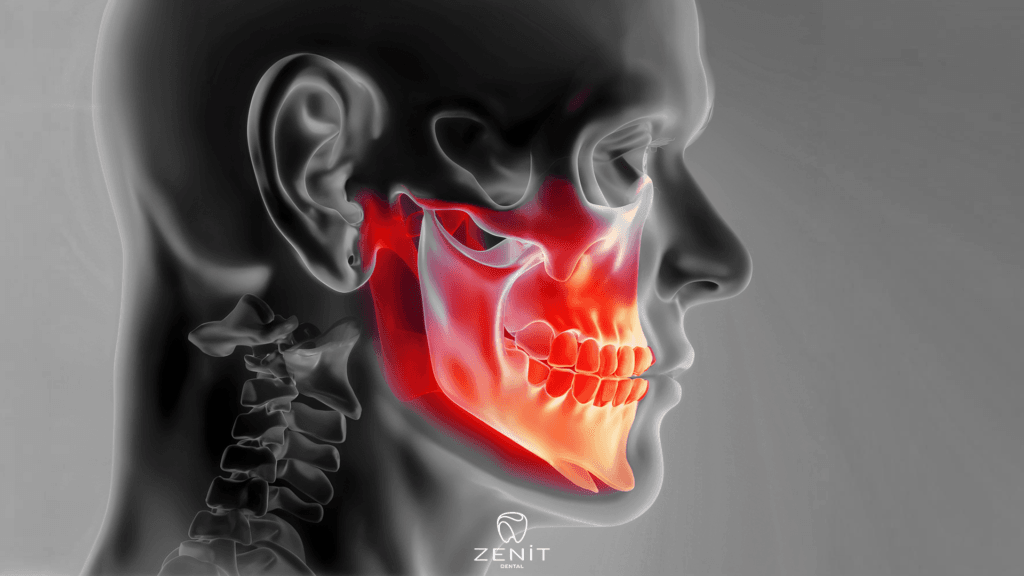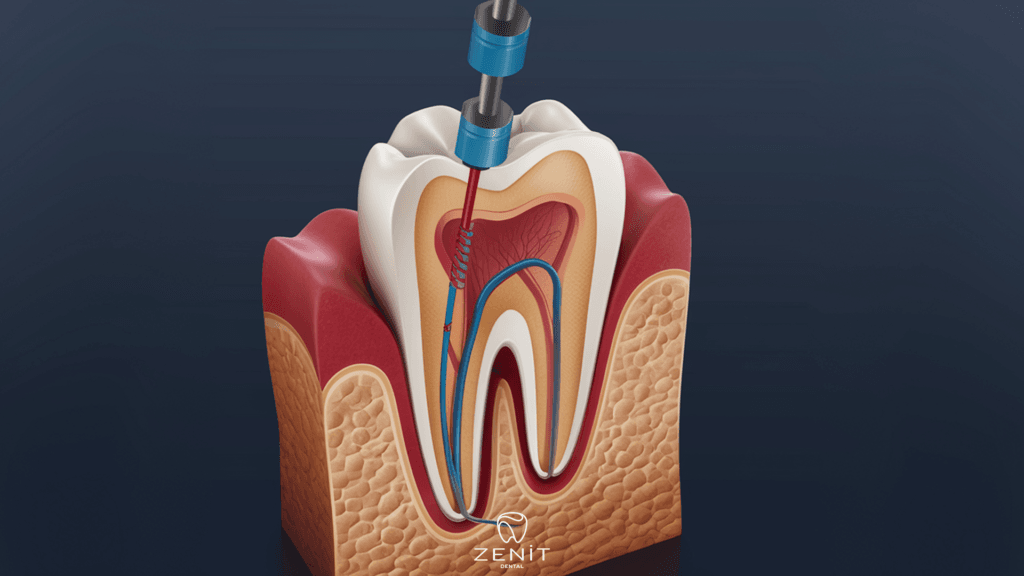When you undergo a tooth extraction, the healing process is crucial for your oral health. However, sometimes complications can arise, one of which is dry socket, known as “alveolar osteitis” in the literature. Dry socket is a condition that occurs when the blood clot that typically forms after tooth extraction either dissolves or dislodges prematurely, leaving the underlying bone and nerves exposed. This condition can cause severe pain and discomfort, extending the healing period and requiring additional treatment.
Dry socket most commonly develops after the extraction of wisdom teeth, although it can occur after the removal of any tooth. Several factors can contribute to its development. Firstly, poor oral hygiene before and after the extraction can increase the risk of it. Smoking or using tobacco products, as well as certain oral contraceptives, can also impede the healing process and make individuals more susceptible to this condition. Additionally, trauma during the tooth extraction procedure or a previous history of dry socket can raise the likelihood of experiencing it again.
What are Dry Socket Symptoms?
Recognizing the symptoms of dry socket is essential for seeking timely treatment. The most prominent symptom is intense pain, which usually begins a few days after the tooth extraction and often radiates to the ear or neck. The pain can be throbbing or pulsating, making it difficult to find relief. Other common symptoms include an unpleasant taste in the mouth, bad breath, and a visible dry socket in the extraction site. The socket may appear empty, with a partially or fully dissolved blood clot, and the exposed bone can be easily seen.
How to Avoid Dry Socket?

Preventing dry socket is preferable to dealing with its painful consequences. Following your dentist’s post-extraction instructions diligently can significantly reduce the risk of developing this condition. Here are some essential tips to help you avoid dry socket:
- Maintain good oral hygiene: Brush gently around the extraction site, avoiding direct contact with the socket, and rinse your mouth with a mild saltwater solution after meals.
- Avoid smoking and tobacco products: Nicotine and other chemicals in tobacco can hinder the healing process and increase the likelihood of it.
- Take it easy: Avoid vigorous rinsing, spitting, or using straws in the first few days following the extraction, as these actions can dislodge the blood clot.
- Eat soft foods: Stick to a diet of soft, easy-to-chew foods for a few days, gradually reintroducing solid foods as advised by your dentist.
- Follow your dentist’s instructions: Attend follow-up appointments as scheduled and adhere to any additional guidelines provided by your dentist.
By taking these preventive measures, you can minimize the chances of experiencing dry socket and promote a smooth and uncomplicated healing process.
Differences Between Dry Socket vs Clot

Differentiating between dry socket and a normal healing blood clot is crucial for understanding your condition. A blood clot is a natural part of the healing process after tooth extraction, forming to protect the underlying bone and nerves while providing a foundation for tissue growth. In contrast, dry socket occurs when this blood clot becomes dislodged or dissolves prematurely, leaving the extraction site vulnerable.
The primary differences between a normal blood clot and dry socket are as follows:
- Pain intensity: Dry socket causes severe, throbbing pain that may radiate to nearby areas, while normal post-extraction pain is typically more manageable and diminishes gradually.
- Empty socket: It reveals an empty or partially dissolved blood clot, with exposed bone visible, whereas a normal blood clot remains intact.
- Symptoms: It is accompanied by additional symptoms such as an unpleasant taste, bad breath, and visible signs of the empty socket, whereas these symptoms are absent in a normal healing blood clot.
- Healing progress: A normal blood clot gradually dissolves as the socket heals, while dry socket delays the healing process and may require specific treatment to promote recovery.
- Time of onset: Dry socket typically manifests a few days after the tooth extraction, whereas the formation of a normal blood clot is immediate and part of the normal healing process.
It is important to note that if you suspect you may have it, it is essential to seek professional dental care for an accurate diagnosis and appropriate treatment.
When to Contact a Dentist for Dry Socket Treatment
If you experience severe, persistent pain after a tooth extraction, it is crucial to reach out to your dentist promptly. While some degree of discomfort is normal during the healing process, intense and worsening pain may indicate the presence of it. Your dentist will examine the extraction site and assess your symptoms to confirm the diagnosis.
Professional treatment for dry socket aims to alleviate pain, promote healing, and prevent infection. The dentist may gently clean the extraction site to remove debris and apply a medicated dressing or packing to promote healing and provide pain relief. They may also prescribe pain medication or recommend over-the-counter pain relievers to manage discomfort. Additionally, your dentist will provide specific instructions for at-home care to ensure optimal healing and prevent further complications.
Remember, timely intervention and professional care are essential in managing dry socket effectively and minimizing discomfort during your recovery.
At Zenit Dent, we prioritize your oral health and recovery. Our experienced team of dental professionals is well-versed in managing complications such as dry socket, ensuring your comfort and providing the necessary treatment for optimal healing. Contact us today for any dental concerns or to schedule an appointment. Your oral health is our priority.






